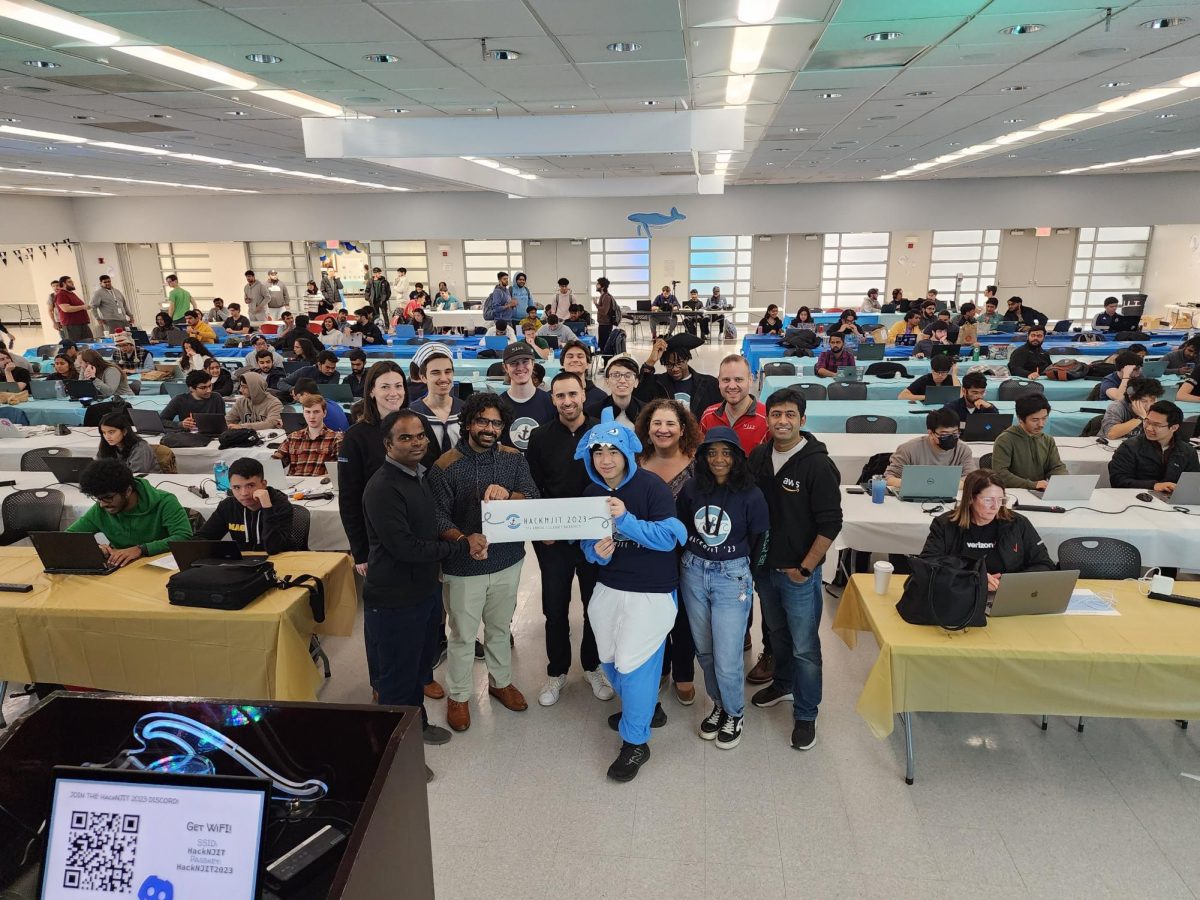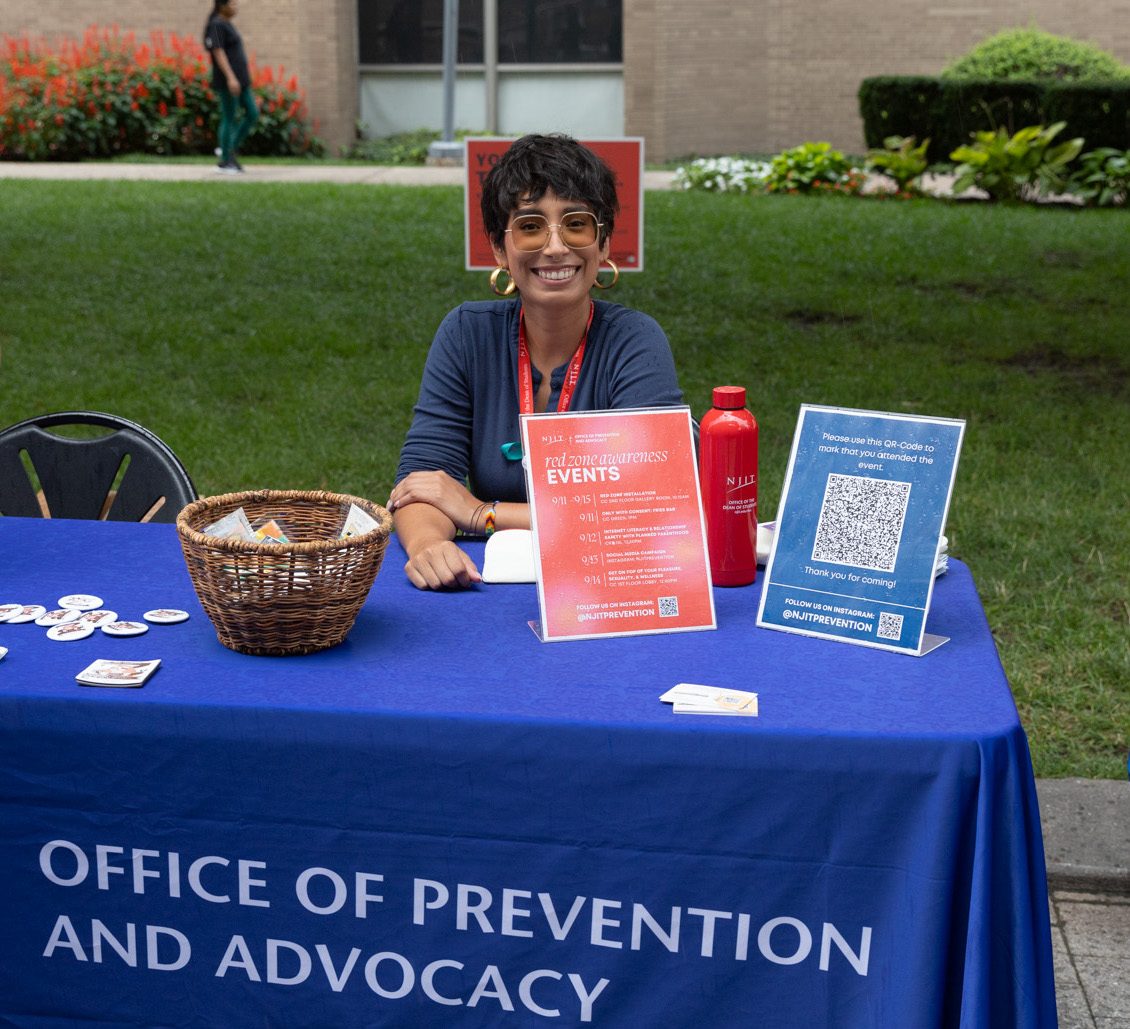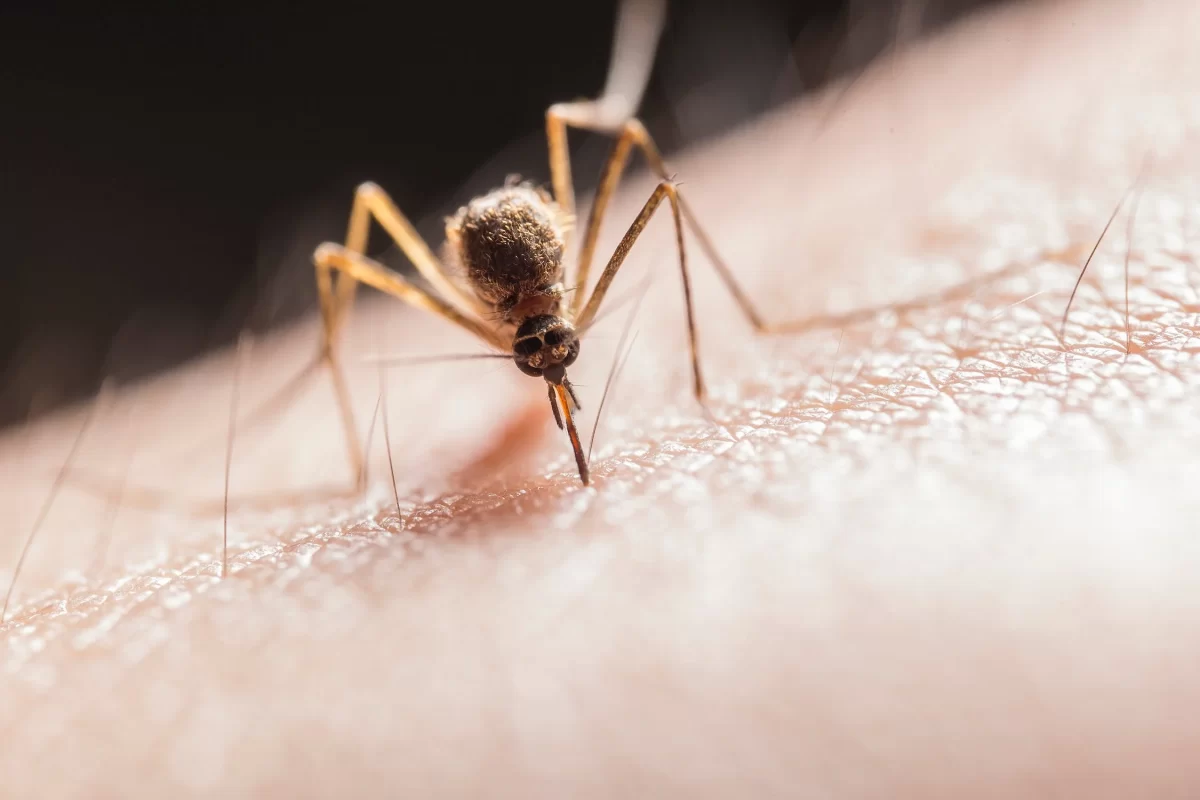The food served in Hong Kong came as a huge shock to me when I first arrived. As someone who likes to try many foods, I have had some really tasty and unique dishes. The student halls are located in the Hung Hom area of Hong Kong, which is a middle class area with a mix of local, foreign Asian (Japanese, Korean, Thai), and Western food (Outback Steakhouse, McDonald’s, KFC). The cheapest option by far is the student dining halls, where meals cost about 3 dollars. An average restaurant will cost between 4 to 6 dollars for a meal. Tipping is not common here, but some restaurants will add a 5 or 10 percent service charge directly onto the bill. The low cost of food in this area allows me a great deal of flexibility in choosing what I want to try.
The first few days living in Hong Kong, ordering food was very difficult. In most of the restaurants, the staff speaks very little English. And by very little, I mean that it is impossible to communicate with the staff at most restaurants without pointing to a picture on a menu. Most places have an “English” menu, but these menus are so poorly worded that you might end up ordering cow testicles when you meant to try beef balls. This happened to my acquaintance, and he ended up feeling very sick that night. Many dishes are extremely nondescript on the English menus, like “mixed meat with rice.” This could be anything. Also, Chinese people love to eat every part of an animal. Chicken feet, pig intestines, fish heads, and tripe (cow stomach) are some of the favorite local ingredients. Bones are found in most dishes. While some of the food here can be difficult to eat, most of it is very delicious, even more so than food at home.
Chinese food as a whole is much healthier than American food. At a typical American restaurant, you would expect a big piece of meat, a small side of vegetables, and another small side. In a Chinese restaurant, there is typically either rice or rice noodles with every meal, a lot of vegetables, and a few small pieces of fish, pork, chicken, or duck. Rice is very filling, is not too high in calories, and goes with everything. Vegetables are considered the main part of most meals, and the way they are seasoned makes them taste like a full meal instead of a side dish. I have had meat cravings more than a few times here because the dishes contain so little meat. However, this can be satisfied easily with the roast pig, chicken, and duck that can be found in street stands.
The unhealthiest thing I have eaten here is a chocolate Hong Kong waffle. A Hong Kong waffle is much different than the waffles we are used to. The batter tastes like a mix between a pancake and a fortune cookie. It has a honeycomb pattern of 1 inch spheres of dough that are light and fluffy with thin crispy areas of dough in-between. Flavors include peanut butter, condensed milk with sugar, and chocolate.
Eating with local students has opened my eyes to a lot of new foods that I would never have discovered alone. The students are constantly offering me food in the common room by the kitchen, and they are very excited when I like a local food I have never tried before. Mangosteen soup, dumplings with yellow sugar boiled in ginger water, durian, and shabu shabu (a Japanese dish where thin slices of meat, noodles, and vegetables are cooked quickly in a pot of boiling water at the table) are some of the dishes that have been shared with me by the local students. Everything has tasted really amazing.
The locals have invited me out to restaurants. While this is always a fun time, I cannot name anything that I have eaten with them. Whenever I ask what something is, they either have responded with, “it is very delicious, try it!” or the main ingredient, like “chicken” or “egg.” One time, a local student ordered for me at a noodle place. She asked if I wanted the noodles spicy, so I said yes. Then she asked big or small, which I assumed meant the size of the bowl. I answered big, and ended up in tears from the “big” amount of chili pepper in that bowl of noodles.
I have eaten most of my meals in the student dining halls. There are probably about 7 dining halls, but I have only tried 4 of them so far. Between the dining halls, there are hundreds of dishes to try. They are all tasty, but none of it has been amazing. My favorite place to eat is one of the larger dining halls, where they serve Japanese noodles and roasted meats over rice. I have seen some very poor attempts at Western food in the dining halls. French toast is a very thick piece of white bread dipped in butter and fried. Then, a peanut sauce is spread over the top. Pizza is a piece of doughy bread that tastes like a mix between white bread and a cracker, with tomato sauce that resembles tomato soup, and cheese that resembles American cheese in flavor and mozzarella in texture. This is not what I would consider real pizza, but it tastes better than Dominos!
Overall, I love the variety of great foods in Hong Kong. Cantonese food uses such a diverse array of ingredients that it is impossible to find the same dish between different restaurants. It is easy to try so many of these local dishes because they are so cheap!
If you hear from me next week, it means I have survived my first super typhoon! The strongest storm of 2013 in the world, Super Typhoon Usagi, is due to hit Hong Kong within a few days of me writing this.






























